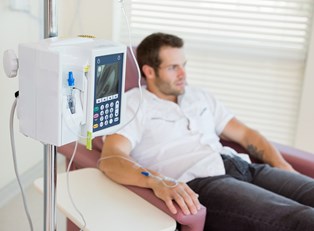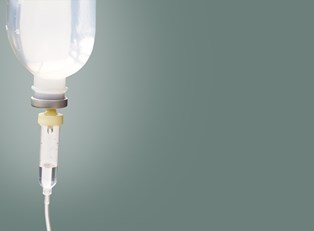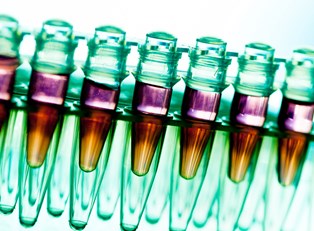Chemotherapy is a group of medical chemicals used to treat cancer. Because cancerous cells grow much more quickly than normal cells, they are targetable with chemotherapy. Although there are several different types of chemotherapy, there are also severe side effects associated with this particular type of treatment. New advances in medicine may offer an alternative to chemotherapy soon, but at present, sometimes it is the best answer in a situation where there are no good solutions.
Types of Chemotherapy
While there are several different chemicals under the chemotherapy umbrella, there are also a variety of ways to receive chemotherapy.
- Infusions and shots: The most common chemotherapy treatment involves sending the chemicals into the body through a vein, often through a catheter, or tube inserted into the vein which tubes can be attached to for easier administration. Other times, the patient may receive an injection of the drug, rather than having it pumped through the veins.
- Pills and creams: Chemotherapy may also be given as a capsule containing the treatment. Some skin cancers can be treated with special creams containing the chemotherapy agents.
- Body Part-Specific: Rather than infusing the entire system with the chemical, in some instances it is possible to give chemo only to the body part being affected. For example, in a patient with bladder cancer, the chemotherapy can be sent through the urethra and into the bladder, rather than imposing on the whole body.
- Cancer Specific: Chemotherapy may be given directly to the tumor or cancerous growth. This can be done through a blood vessel that feeds the cancer, directly into a malignant growth, or small wafers of chemotherapy can be placed into the area where the cancer was after surgical removal to continue killing any remnants and help inhibit its return.
Why Chemotherapy?
Chemotherapy can be used in a variety of scenarios, alone or in tandem with other treatments. In some cases, chemotherapy on its own will be sufficient to destroy the cancerous cells. No matter what treatment is used, however, this does not “cure” the cancer; it sends it into a state of remission, which means there is always a chance the cancer will return.
- Adjuvant Therapy: Sometimes chemo is performed before or after other treatments. Sometimes surgery can be performed if, for example, a tumor has grown. Once the tumor is removed, the patient will still have to undergo chemotherapy in order to kill any cells that remain, but are unknown or cannot be surgically removed.
- Neoadjuvant Therapy: In some instances, the tumor may be too large to perform surgery or radiation on. In this case, chemotherapy can be used to make the tumor smaller, until other options are possible.
- Palliative Chemotherapy: Sometimes chemotherapy can’t get rid of all the cancer. It can, however, kill some of the cancer in the body, thereby making symptoms easier to deal with and relieving obvious signs of cancerous growths.
Cancer isn’t the only thing that chemotherapy can be effective against. According to the Mayo Clinic, the treatment for bone marrow and blood cels disease includes a stem cell transplant. Chemo can help get the body ready for such a transplant. Additionally, disease that cause immune systems to overreact can be aided by small amounts of chemotherapy drugs.




